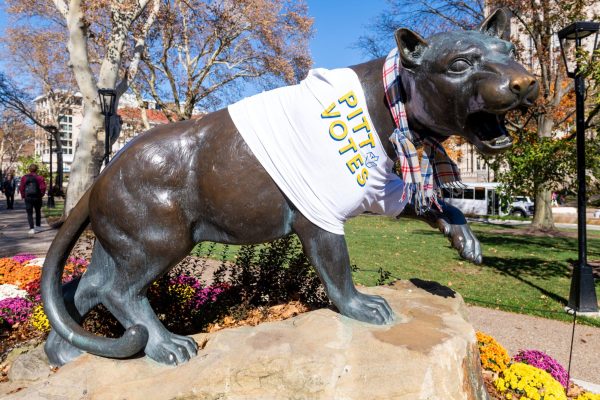Editorial: A letter a day might help the Postal Service stay
February 7, 2013
In the movie “Harry Potter and the Sorcerer’s Stone,” the Dursley family receives a deluge of acceptance letters to a strange school called Hogwarts before Harry Potter’s 11th birthday. After several days of this disruption, Vernon Dursley is delighted to announce that there is “no post on Sundays.” This reference will soon lose some of its resonance for American children, as the United States Postal Service has announced that it will move to a five-day mail distribution system, eliminating Saturday as a delivery day.
According to an article in The New York Times, this cut is one in a series of several moves over the past few years to attempt to stabilize the Postal Service’s finances. In 2010, the Postal Service reduced hours at rural post offices and cut staff. Ending Saturday mail delivery will save the struggling postal system about $2 billion annually. While this is a mere fraction of the $15.9 billion that the Postal Service reported as their net loss last year, reducing mail delivery from six days to five days per week will help the agency, which is rapidly losing money.
The move to continue delivering packages on Saturdays highlights the fact that many people are using the Postal Service for packages, rather than mail, as most correspondences and bills have been moved online. For most people, getting an envelope that isn’t junk mail or a Netflix DVD is rare.
While it’s a financially smart move for the Postal Service to end Saturday delivery, it’s saddening to see an institution that reminds us of birthday cards from Grandma buckling.
Many people share the sentiment that physical letters are somehow aesthetically superior to an email or text — while the immediacy of digital media is ideal, keeping a box of love letters from a significant other is much more appealing than saving a flash drive of emails and Facebook messages for future reminiscing.
In the same way that iPads and Kindles are sometimes a more practical way to store and read books, rummaging through a box of old books appeals to peoples’ sense of longing for the past enough that Google image searches for iPad skins and cases that look like old books returned pages of results. Laptop cases with pictures of typewriters and iPhone cases picturing rotary dials were equally popular.
While most people will probably not really miss Saturday mail delivery (unless they really want a new DVD and they’re morally opposed to pirating), there’s something quaint about writing, sending and receiving mail. If Harry Potter’s acceptance letters from Hogwarts had come by Pitt’s email service, SquirrelMail, instead of by owl post, the novel and movie wouldn’t have been nearly as charming.
And as members of another financially declining print industry, we empathize. Newspaper-themed iPad cases sadly also get a lot of Google hits — suggesting that the mainstay of our industry is also becoming something quaint to stick on a device so that 20-somethings can simultaneously feel nostalgic and check Twitter.
While this move seems to be a logical one for the USPS, it certainly marks a pause-worthy moment in the increasingly point-and-click lives of those of us witnessing this transition. Sending some mail every now and then — whether it’s a letter to a relative you haven’t seen in a while or a birthday card to a friend — might not save the Postal Service, but it can be a good way to reflect on the worth of what the service offers, while simultaneously allaying nostalgia for a simpler, more carefully lettered time. Before our world becomes even further digitalized, we should take the time to identify what we appreciate about and gain from non-technological modes of exchange so that we can seek to preserve these aspects of communication — both into and long after the Information Age.







